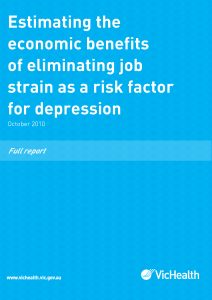 The Centers for Disease Control and Prevention (CDC) has recently written about suicide prevention and the organisational structures that can contribute to poor mental health. The prominence of the CDC should result in a spate of media reports about this NIOSH Science Blog article.
The Centers for Disease Control and Prevention (CDC) has recently written about suicide prevention and the organisational structures that can contribute to poor mental health. The prominence of the CDC should result in a spate of media reports about this NIOSH Science Blog article.
Evidence of the link between the two has been building in Australia for some time through the work of several researchers. The CDC/NIOSH draws on

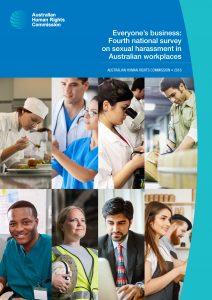
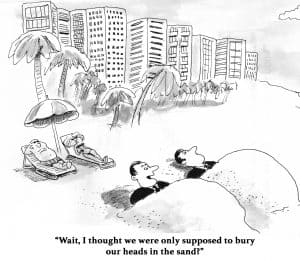
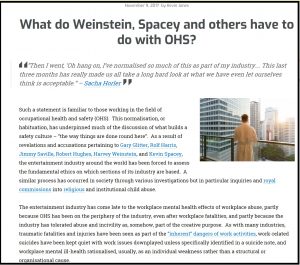
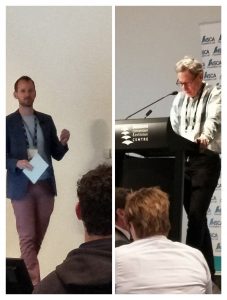
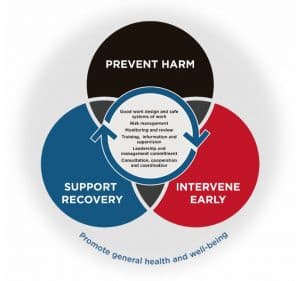
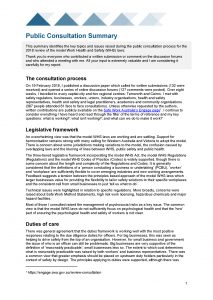 The Independent
The Independent